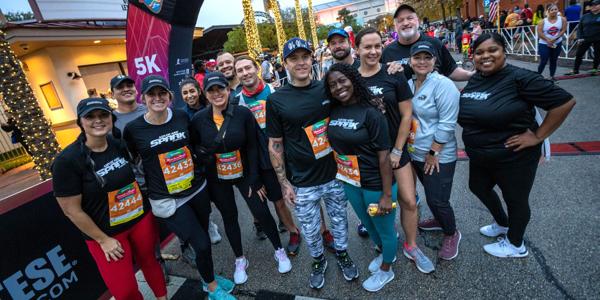Rock 'n' Roll Running Series
I’ve been running for 17 years and therefore “grew up” as a runner long before the days of high-tech, GPS-guided running. And you know what? I can almost always tell you the pace I am running without needing to look at a watch. I had the benefit of learning the feel of paces before technology interfered with that ability.
These days, I think many runners struggle to learn pacing because they always have a watch to get instant feedback. However, as much as you might love the feedback your watch gives you during a race, guess what? It’s rarely going to be accurate to the race’s mile markers, the ones that count. Better to know what your ideal race pace feels like and then check it at the official mile marker.
Also: Technology fails. Ever had your Garmin die during a race? Or not pick up satellites in an urban environment? How about trails? Odds are, you can’t always depend on your GPS.
Pacing correctly matters because when you race, you want to make sure you aren’t going out too fast. Consider the fact that going just six percent too fast in the first mile of a 5k is pretty much going to sink your race.
So my advice: learn how to pace. How, you say? A little less reliance on your GPS is a good place to start. Next time you set out on a run, try running the first mile without ever looking down. When you get that mile marker beep, take a look at your split. How did that mile feel compared to what you see? Try adjusting your pace up or down and then check again at the next mile marker and make note of the difference in feeling.
The track, with an old-fashioned chrono watch, is another great place to practice. Run mile repeats and only check your splits at the quarter mark. Or practice running on a course where you know the approximate mile markers using an old-school watch. Note how you feel with each mile split.
You aren’t going to learn to pace overnight, but as with anything, practice makes perfect. Choose one or two runs per week to dedicate to the skill and before you know it, you’ll be dialed in to every pace you run.
Featured Image via Flickr: Raymond Castro, license





